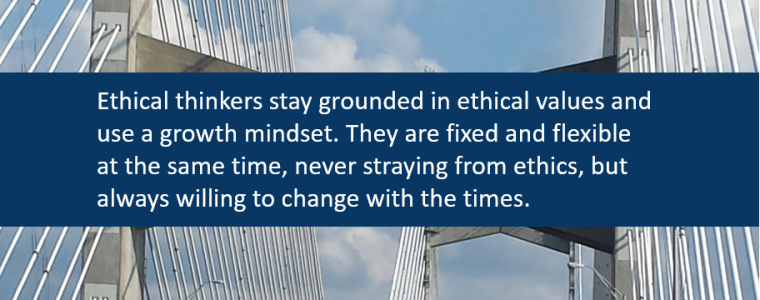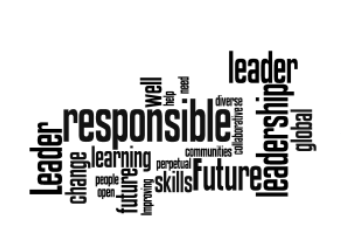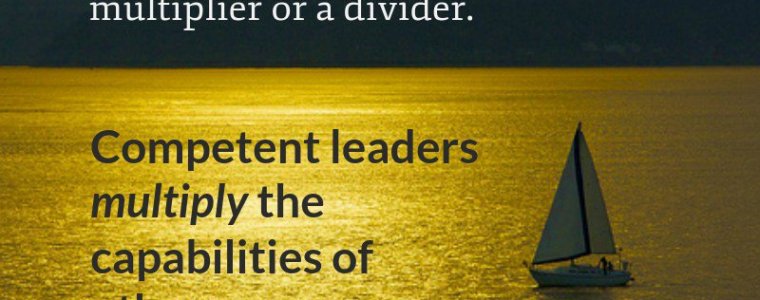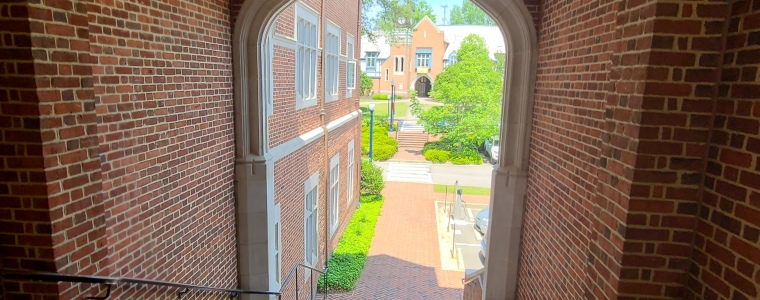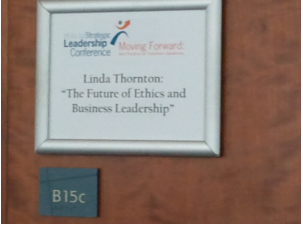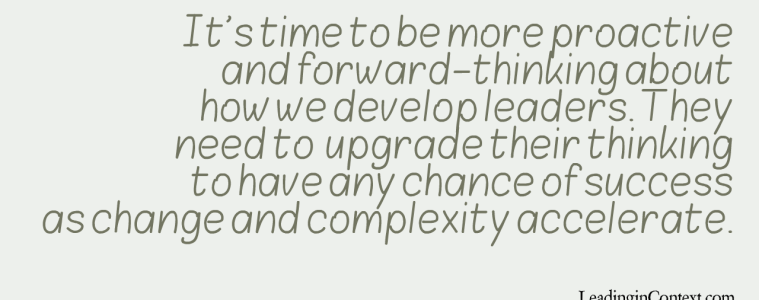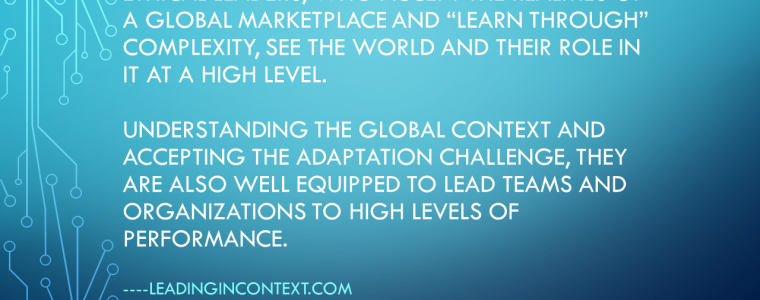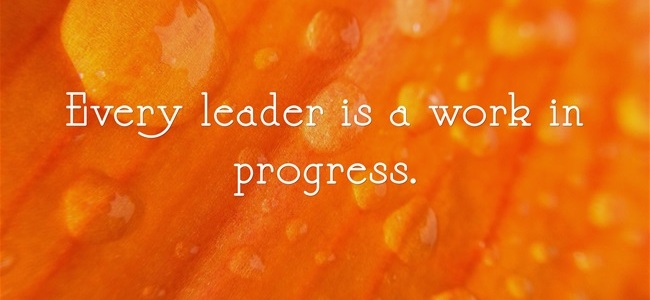By Linda Fisher Thornton Openness to learning about other cultures has become a necessary component of leadership. One way to help people respect cultural differences is to build what UNESCO calls “intercultural competence.” To accomplish this, we need an open mind, and a willingness to learn from others who do not think or live as we do.
Category: Ethical Leader
11 Paths to Mastering Ethical Leadership
By Linda Fisher Thornton Developing competent ethical leaders can be a huge challenge. Why is it so difficult? We live in a globally connected society, and are expected to be globally aware. We are dealing with catastrophic change and uncertainty. We fill many different roles in our organizations, industries and communities. Each role we play and each decision we face has different ethical implications. Ethical competence is definitely not something that “just happens.”
Insights for the Class of 2024
By Linda Fisher Thornton Graduates, as you start to search for a job, I want to share some guidance about how to choose an organization that aligns with your values to enhance your work experience and likelihood of success.
Ethical Leaders: 10 Behaviors to Avoid
By Linda Fisher Thornton In the lifelong quest to become our best selves, we need to stretch and grow and learn from our mistakes. Being a flexible and willing learner, we will more easily stay competent as the world changes. Here are 10 things to avoid if we are to accomplish the elusive goal of becoming our best selves:
What is Hate Speech?
By Linda Fisher Thornton According to the United Nations, "there is no universal definition of hate speech under international human rights law. The concept is still under discussion, especially in relation to freedom of opinion and expression, non-discrimination and equality." (What is Hate Speech, UN.org)
5 Compelling Reasons Leader Development is a Strategic Priority
By Linda Fisher Thornton Ethical leadership learning is an issue that is gaining attention. Expectations of “good leadership” are increasing and leaders and organizations are scrambling to keep up. While sometimes people disagree about implementation, there is a strong consensus among scholars and research organizations that today’s leadership requires broad, high level, inclusive thinking.
What Role Does Exclusion Play in Hate and Violence? (Part 3)
By Linda Fisher Thornton One of the thinking traps that people fall into is putting people into categories. This may result in assigning a derogatory label to the category, and making blanket statements about how "all people" from that category are a certain way.
What Role Does Exclusion Play in Hate and Violence? Part 2
By Linda Fisher Thornton Moral exclusion includes using an insider mindset and thinking that others (who are not members of the group) as not worthy of protecting. If you're not yet familiar with moral exclusion, this post may be helpful background on differences in world views and selective inclusion.
What Role Does Exclusion Play in Hate and Violence? Part 1
By Linda Fisher Thornton Hate speech and violence do not adhere to ethical values. An ethical person will quickly rule them out due to the harm they cause to others. But even when someone wants to be an ethical person, there are problems with human thinking that can enable hate and violence to happen.
Ethical Leadership Development: Preparing Leaders For the Future
By Linda Fisher Thornton I spoke with Human Resource leaders attending a Richmond SHRM Strategic Leadership Conference about The Future of Ethics and Business Leadership. The lens I used to frame the discussion was leadership development – how we can prepare leaders to lead ethically in a highly complex, connected future. Here are some highlights from my presentation – a few of the important success principles for developing “Ethical Leader Future.
Ethical Leadership Development: Global Awareness
By Linda Fisher Thornton Laws serve as he minimum standards for society, but responsible leadership requires that we go well beyond those minimum standards. This post explores resources that help us understand (1) what it means to be a globally responsible leader and (2) what kinds of learning opportunities help leaders develop a global sense of responsibility.
Ethical Leadership Development: Global Principles
By Linda Fisher Thornton Beyond complying with laws and regulations, what should C-Suite leaders be doing about ethical leadership and responsible business practices? CEOs, CLOs, CHROs and other C-Suite leaders should be working together to ensure that every leader is doing business responsibly and ethically. But what does “doing business responsibly and ethically” look like in today’s global economy? In our interconnected working world, where each economy affects all others around the world, ethical business practices need to be thought about more broadly than ever before.
Ethical Leadership Development: 15 Important Elements
By Linda Fisher Thornton Since moral growth is a lifelong pursuit, moral education needs to start early, and it needs to continue throughout our professional careers. This requires quite a bit more effort than just doing an "annual ethics training." Since ethical leadership itself is multidimensional and nuanced, any ethical leadership development for leaders must be multifaceted and nuanced.
Ethical Leadership Development: High Level View
By Linda Fisher Thornton What is Ethical Leadership Development? Ethical leadership development is the ongoing process of guiding leaders to become ethical people and ethical leaders. It is not the same thing as compliance training or following legal requirements, although those are also important. This is the human development that happens over time to bring leaders to the point of being able to handle what the world throws at them using ethical thinking and action. The way we develop leaders impacts their growth and readiness to make successful and ethical choices when faced with challenging situations.
14 Reasons Why You Should Invest in Ethical Learning
By Linda Fisher Thornton When we reach a certain level of accomplishment as leaders, it is easy to think we can slide into neutral. Here are 14 compelling reasons why we can never afford to cut back on investing in our own leadership development and competence:
